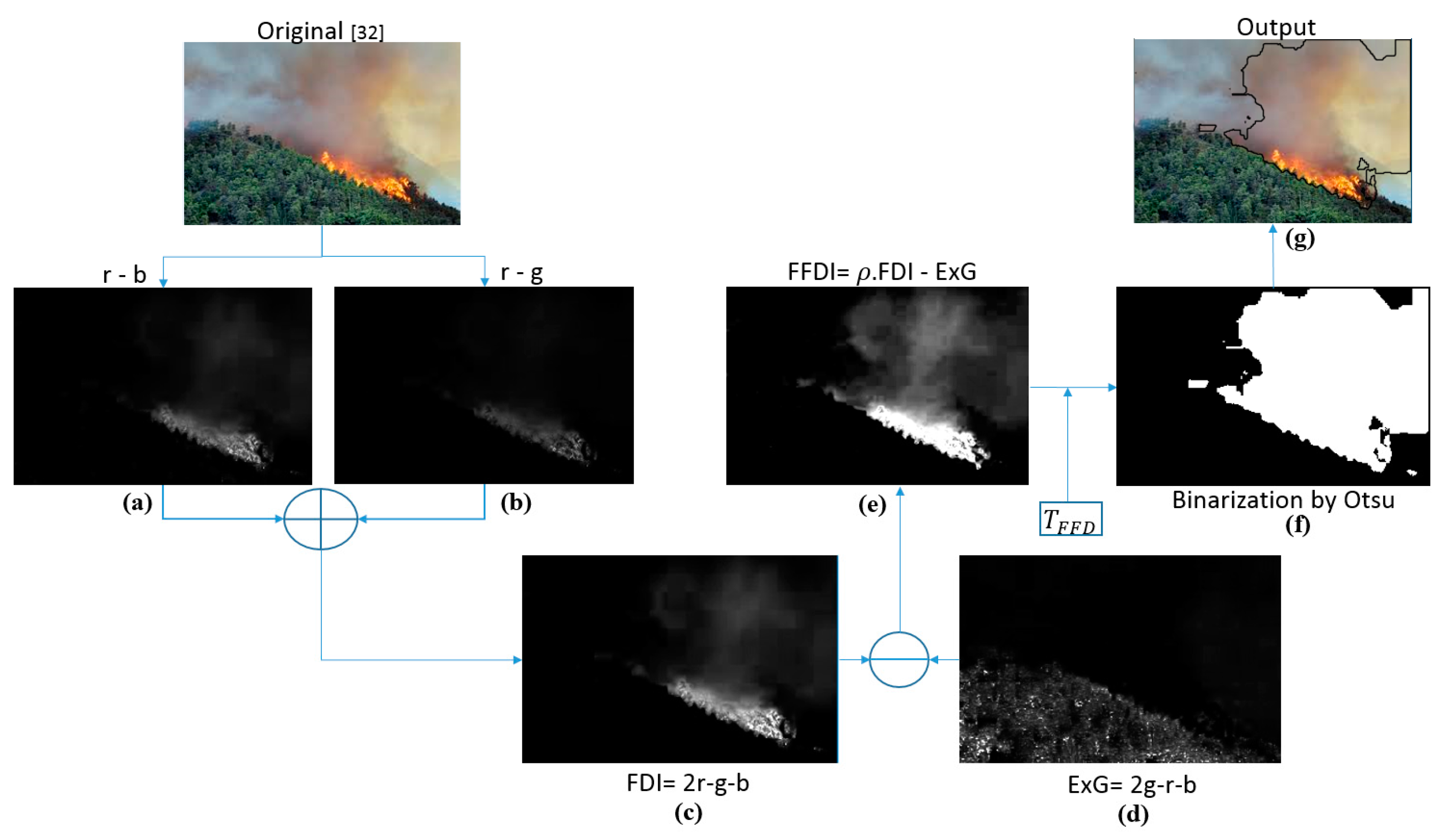Drones that can help fight wildfires
It’s summer in the northern hemisphere, and unfortunately, that means there are wildfires burning somewhere. This week there is a massive fire is raging in Big Sur, California and a wildfire in Greece has claimed 6,000 acres. In the United States, fires are currently burning in seven states, and CBS reports that the threat is growing.
All too often we see reports of drones hampering firefighters’ efforts. Drone sightings grounded firefighting aircraft twice in Idaho last week. But there are also examples of using drones to aid firefighters. Drones can be helpful for early detection of fires, monitoring progress from a remote location, providing Wi-Fi communication channels to ground personnel at a remote site, and even resupplying personnel in the field.
Employing drones for early forest fire detection
Utilizing drones as a means to survey large areas of forest for new fires immediately after thunderstorms enables firefighters to locate fires before they grow in size. If a fire can be detected before it grows, it is much easier to extinguish. The potential savings are in the millions of dollars, both in property value and reduced firefighting costs.
Satellite images are used to spot fire outbreaks, but that is costly and works best when the fire has already gained some size. Other fire detection efforts use drones equipped with infrared sensors to spot fire outbreaks, but that required specialized equipment.
Most commercially available drones come equipped with video cameras. The analysis of video information from standard drones can provide a methodology to monitor remote areas for new fire outbreaks. A group of researchers from Universidad Politécnica de Madrid developed an application for early wildfire detection that analyzed images from existing drones’ low-cost camera equipment. The project relies on image processing capabilities in MATLAB.
In “Efficient Forest Fire Detection Index for Application in Unmanned Aerial Systems (UASs)”, the researchers describe how they were able to achieve detection precision of 96.82% for image sizes of 960 × 540 pixels at a processing time of 0.0447 seconds. It can be used to detect forest fires through the use of a new color index called the Forest Fire Detection Index (FFDI).
“The index is based on methods for vegetation classification and has been adapted to detect the tonalities of flames and smoke; the latter could be included adaptively into the Regions of Interest (RoIs)… The method could be used in real-time in Unmanned Aerial Systems (UASs), with the aim of monitoring a wider area than through fixed surveillance systems. Thus, it would result in more cost-effective outcomes than conventional systems implemented in helicopters or satellites. UASs could also reach inaccessible locations without jeopardizing people’s safety.”
The process digitizes the images and separates colors. For the selected pixels, the histogram distributions of the three (R, G, B) components are analyzed. The histograms illustrate the distribution of color intensities inside the RoI for each component. This information is then used to calculate the Fire Detection Index (FDI) and the FFDI. The differences of FDI and FFDI can be observed in the figure below.

Diagram showing the forest fire detection process with color indices. Image credit: Research Center on Software Technologies and Multimedia Systems for Sustainability (CITSEM), Universidad Politécnica de Madrid.
The digital treatment of the images was completed with Image Processing Toolbox. The team also used the MATLAB function “imresize” to resize images to achieve consistent image sizes.
This methodology also was shown to work on fires that were relatively small. The flame is not confused with the reddish tonalities of the ground. The image blow shows how fires were detected at smaller distances.

Detections of initial forest fires using FFDI at short distances (early outbreaks). Image credit: Research Center on Software Technologies and Multimedia Systems for Sustainability (CITSEM), Universidad Politécnica de Madrid.
This is only one example of a project that makes use of drones to help fight wildfires. Firefighters can also use drones to provide drone-carried Wi-Fi communication infrastructure for emergency response in remote areas. In addition to early detection, there are also autonomous drones that can help extinguish fires, as well as drones that intentionally start fires. Yes, on purpose!









评论
要发表评论,请点击 此处 登录到您的 MathWorks 帐户或创建一个新帐户。